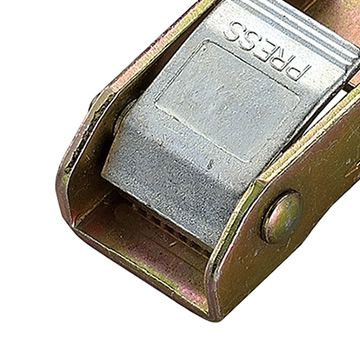Design Considerations for Effective Steel Lateral Bracing Systems in Structural Engineering Applications
The Importance of Steel Lateral Bracing in Structural Engineering
Steel lateral bracing is a critical component in the field of structural engineering, serving as a vital method for ensuring the stability and resilience of structures against lateral forces. These lateral forces can arise from various sources, including wind loads, seismic activity, and other dynamic loads that can induce significant stress on buildings and structures. Without adequate lateral bracing, structures would be susceptible to deformation, instability, and ultimately failure, posing risks to safety and functionality.
The primary purpose of lateral bracing is to provide stiffness to a structural frame, enhancing its ability to resist lateral loads. In many cases, especially for tall buildings and expansive frameworks, lateral forces can create bending moments that could lead to catastrophic failure if not properly managed. Bracing systems counteract these forces by distributing the load throughout the frame, ensuring that no single component bears an excessive burden.
There are various types of steel lateral bracing systems, each with its advantages and specific applications. Some of the most common types include diagonal bracing, cross bracing, and moment-resisting frames. Diagonal bracing involves placing steel members diagonally between vertical and horizontal elements, effectively creating triangular units that improve rigidity. Cross bracing, which consists of two diagonal braces forming an 'X', is particularly effective in transferring loads and minimizing sway. Moment-resisting frames, on the other hand, allow for greater architectural flexibility while still providing resistance to lateral forces through rigid connections between beams and columns.
The selection of an appropriate bracing system depends on several factors, including the building's height, its use, expected loads, and budget considerations. For instance, buildings in seismic zones may employ specific bracing designs that enhance performance during earthquakes, while high-rise structures in windy areas may utilize different systems to counteract wind shear.
steel lateral bracing

In addition to enhancing stability, steel lateral bracing contributes to the overall efficiency of a building's design
. By incorporating bracing systems, engineers can often reduce the size and weight of structural elements, leading to material savings and a reduced environmental footprint. This is particularly relevant in today's context where sustainability is becoming increasingly important in construction practices.Moreover, with advancements in technology, the design and implementation of steel lateral bracing have evolved significantly. Finite element analysis and computer-aided design (CAD) tools allow engineers to simulate how different bracing configurations will perform under various loads, leading to more optimized and safer designs. Additionally, the introduction of high-strength steel materials has contributed to lighter, more efficient bracing systems that maintain structural integrity without excessive weight.
Nonetheless, the installation and maintenance of lateral bracing systems require careful consideration. Proper installation is crucial to ensure that these systems function as intended. Engineers must also plan for ongoing inspection and maintenance to identify potential issues such as corrosion or fatigue that could compromise a bracing system’s effectiveness over time.
In conclusion, steel lateral bracing is an indispensable aspect of modern structural engineering, ensuring that buildings and infrastructures remain safe and stable against lateral forces. Through various design techniques and advancements in technology, engineers continue to refine bracing systems to meet the demands of increasingly complex structures while promoting sustainability. As urban areas grow and face greater environmental challenges, the importance of robust lateral bracing will only continue to increase, solidifying its role in the future of construction and architectural design.
-
Weatherproof Plastic Expansion Anchors for OutdoorNewsJun.06,2025
-
Sustainability in the Supply Chain: Eco-Friendly TEK Screws ProductionNewsJun.06,2025
-
Load-Bearing Capacity of External Insulation FixingsNewsJun.06,2025
-
Double Head Bolts: Enhancing Efficiency in Industrial MachineryNewsJun.06,2025
-
Corrosion Resistance in Chipboard Screws: Coatings for Wholesale DurabilityNewsJun.06,2025
-
Butterfly Toggle Bolts : Enhancing Structural ResilienceNewsJun.06,2025
